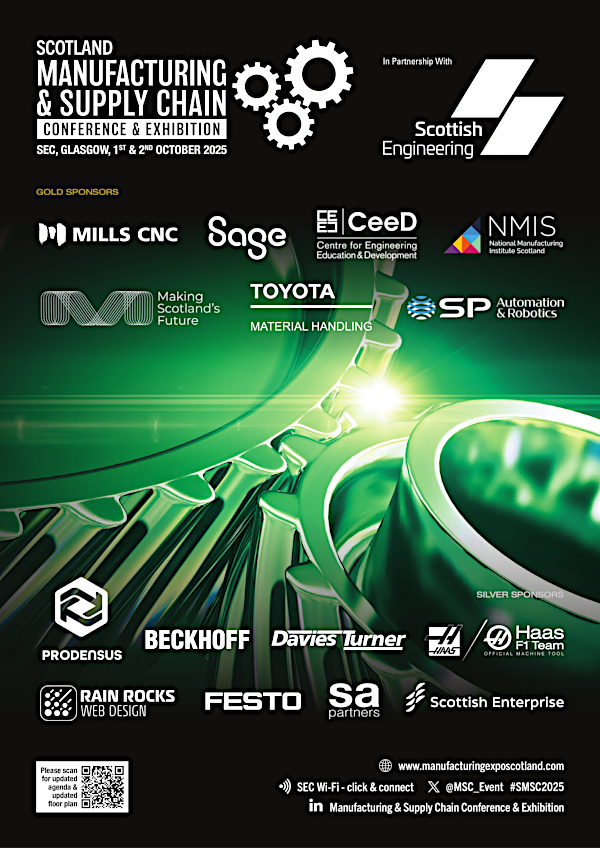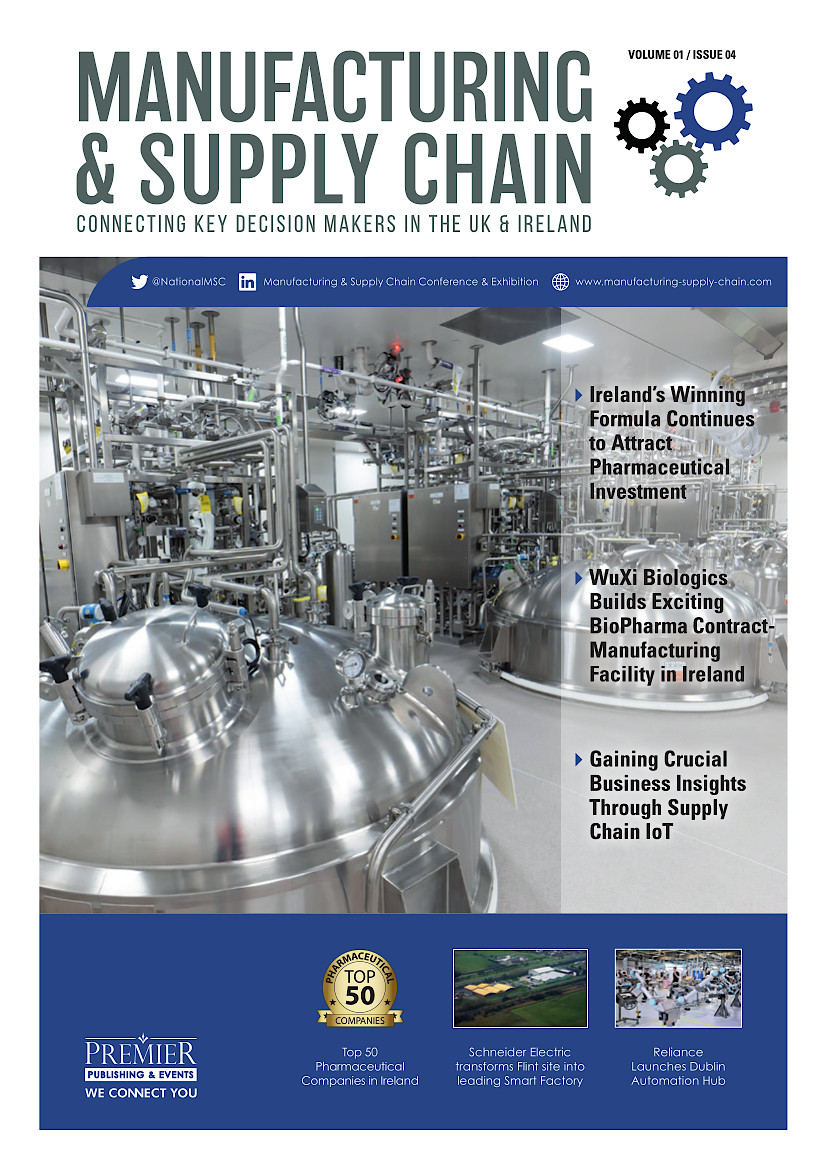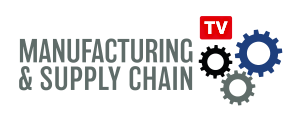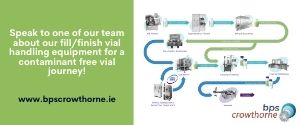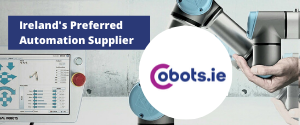Weather Produces Mixed Outcome For Farm Enterprise Margins in 2018
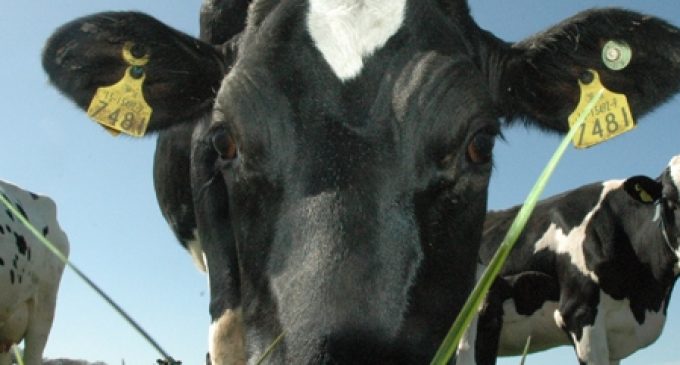
Teagasc has published its annual series of farm enterprise factsheets, which outline the output, costs and profit margins for a range of farm systems in Ireland, as well as metrics summarising their technical performance for 2018. The factsheet information is drawn from the Teagasc National Farm Survey, which collects data from 898 farms, representative of almost 93,000 farms nationally.
Dr Kevin Hanrahan, Head of the Teagasc Rural Economy Development programme, said: “In broad terms the 2018 factsheets show a reduction in margins for dairy, beef and lamb enterprises, largely related to elevated spending on feed, silage making and the purchase of forage. The difficult weather conditions encountered in 2018 led to lower technical performance on grassland farms.”
The dairy enterprise results for 2018 detail the substantial rise in milk production costs associated with the difficult weather conditions encountered in the spring and summer of 2018. Much of the increase in production costs was associated with increased expenditure on concentrates and pasture and forage, which rose by 41% and 22% per litre respectively in 2018. The average level of feed use per dairy cow increased from just over 1 tonne in 2017 to 1.35 tonnes in 2018. The other main reason for the increase in dairy enterprise production costs was a rise in overhead costs.
For the average dairy farm, total milk production costs increased from 22.9 cent per litre in 2017 to 26.8 cent per litre in 2018, an increase of 17%. As a result, the average net margin per litre on dairy farms fell from over 15 cent in 2017 to just over 9.5 cent in 2018, a decline of 37%.
 The labour supplied by the farm household does not form part of the internationally recognised production costs definition. If a cost is imputed for the farm household labour used and if this were included as part of a milk production cost measure, it would add a further 12 cent per litre on average to the cost of producing milk.
The labour supplied by the farm household does not form part of the internationally recognised production costs definition. If a cost is imputed for the farm household labour used and if this were included as part of a milk production cost measure, it would add a further 12 cent per litre on average to the cost of producing milk.
The difficult production conditions meant that there was only a marginal increase in milk production per hectare or per cow in 2018. The average dairy farm in 2018 had 79 dairy cows and recorded a net margin of €1,133 per hectare, a decline of 35% on the 2017 level.
Dr Kevin Hanrahan said: “For the average single suckling enterprise, output prices and production costs moved against each other, leading to a fall in margins in 2018. The main reason for the increase in production costs for single suckling was higher concentrate use associated with the difficult weather conditions in 2018.”
Feed expenditure for single suckling enterprise rose by 20% on a per hectare basis. Total production costs increased by over 3%, while store cattle prices fell by broadly the same percentage. As a result, the net margin per cow, which already represented a loss of €39 in 2017, fell by almost a further €100 in 2018 to a loss of €138. However, there remains a broad range around this average, with farms recording margins significantly above and below the average figure.
Relative to the average single suckling enterprise, the average cattle finishing enterprise experienced a larger increase in feed expenditure of 34% per hectare in 2018. Feed use was up by an average of 17% per livestock unit. Pasture and forage costs were also up by 9% per hectare. Total production costs for the finishing enterprise increased by over 12% on average.
However, in contrast to the single suckling enterprise, output value moved upwards by 5% for the cattle finishing enterprise in 2018. This increase in output value can be attributable to the decline in prices for purchased cattle. As a result of rising costs, the average net margin per hectare for the cattle finishing enterprise, which already amounted to a loss of €14 in 2017, fell by a further €78 in 2018 to a loss of €92. However, across the population of farms, there remains a broad range above and below this average figure.
The mid-season lowland lamb enterprise, typical of many sheep farms in Ireland, also experienced a large increase in feed expenditure in 2018. Expenditure per hectare on concentrates and pasture and forage rose by 10% and 13% respectively, largely reflecting higher than normal feed use in the spring of 2018. Output from the sheep enterprise also fell in 2018, due to a lower weaning rate and increased lamb mortality. The net margin for the average mid-season lowland enterprise fell from €187 per hectare in 2017 to €116 per hectare in 2018, a decline of 38%.
The cereals enterprise factsheet details the increase in net margin on spring barley and winter wheat farms in 2018, despite a 20% decline in yields in 2018. In addition to decreases in yields, cereal and straw prices were significantly higher in 2018 compared to 2017. Direct and overhead costs also increased slightly for both crops. Given the change in output value and direct and fixed costs, the net margin on spring barley farms in 2018 was €216 per hectare, compared to €106 per hectare in 2017. The net margin for the winter wheat crop increased to €627 per hectare in 2018, relative to €449 in 2017.
Teagasc has also published final results for the 2018 National Farm Survey, which generally shows minor revisions to farm incomes for 2018 relative to the previously published preliminary 2018 estimates.
Both the National Farm Survey Factsheets and the Final Report of the National Farm Survey 2018 can be found on the Teagasc website https://www.teagasc.ie/publications/2019/teagasc-national-farm-survey-2018-results.php



